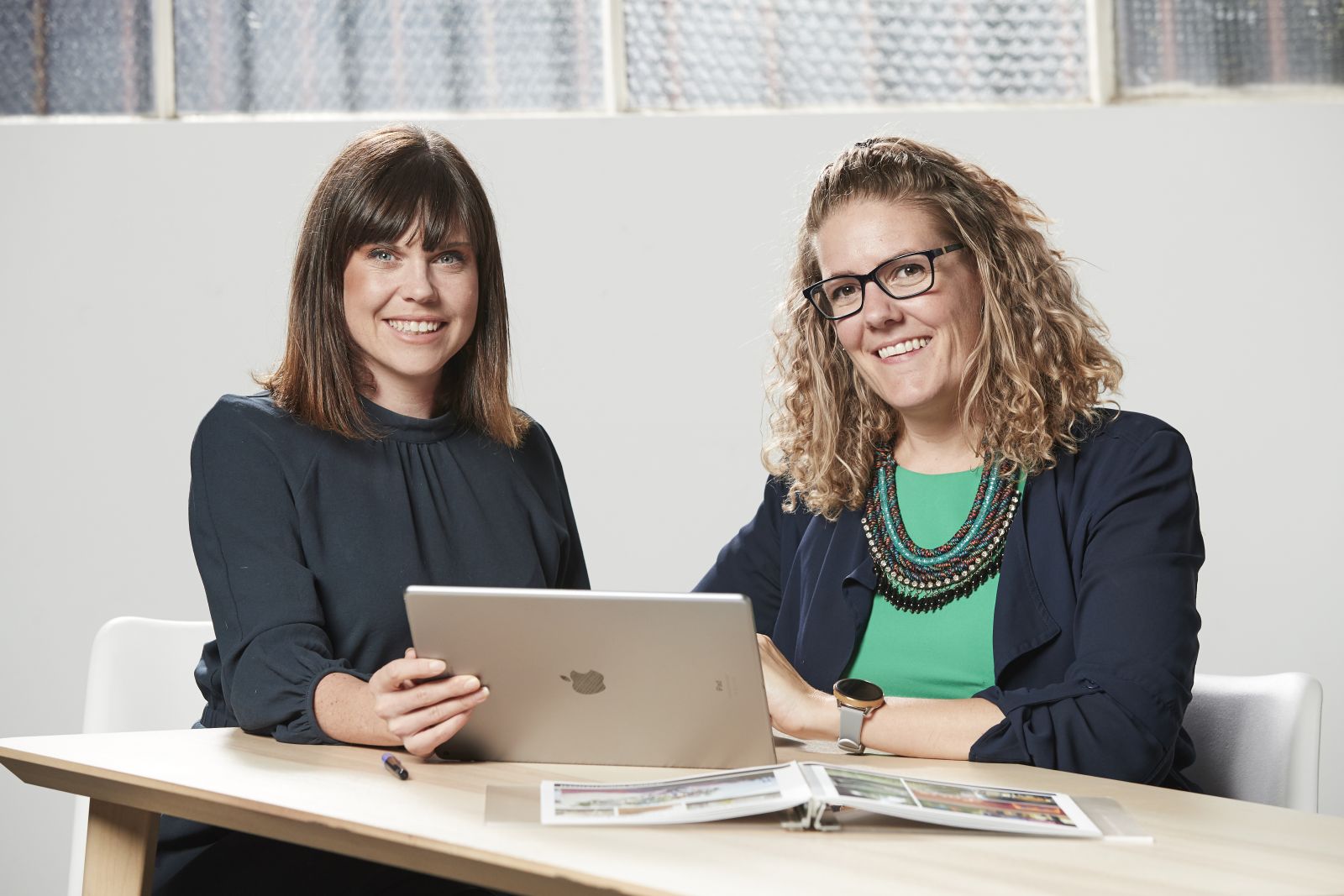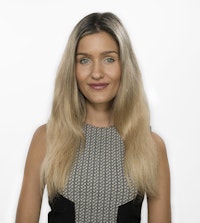How Neighbourlytics is building better cities
New property data is helping developers and investors in ways never seen before.
Neighbourlytics, a Melbourne-based business, is a property tech solution unlike any other on a global scale.
It crunches and collates social data, with an end goal of creating better planned communities.
Neighbourlytics cites large local and global clients including ASX-listed Stockland, Lendlease and Mirvac, as well as the Queensland Government and Scottish Government, which use the product to inform asset management decisions.
Neighbourlytics was founded in October 2017 by CEO Jessica Christiansen-Franks (below right) and chief innovation officer Lucinda Hartley, both urban designers with 10-15 years of experience.
It recently closed a $1.25 million seed raise led by Reserve Bank of Australia board member Carol Schwartz, a Gandel-Besen scion married to Alan Schwartz, a director of ASX-listed property group Qualitas.
Australia is a nation built on property, with most generational Rich Listers being able to trace their wealth back to trading land to create a sense of place. Now some of that money is being reallocated into technologies that benefit the property sector.
According to Neighbourlytics, most of the data that property developers will form decisions around is five years old, and even that’s often built on extrapolations that could be 10-15 years old.
Based on their reception, the founders claim property developers in Australia have a sophisticated understanding about the importance of social wellbeing to asset success.
A world first
While the word to describe what Neighbourlytics does, which is plan-tech, hasn’t yet become part of the lexicon in Australia, the product is leading the way.
“You would imagine there would be a business like ours overseas, but there isn’t. We’re it. We’ve got customers overseas. We’ve got customers in 10 different countries. We are growing quickly in Asia, Europe, we’ve done work in Kenya, the US and Latin America,” says Hartley.
“We actually find it a bit strange there aren’t lots of others doing this. It’s not that we don’t have competitors, but we bring a unique lens to this, a solid understanding of what makes neighbourhoods work, together with robust data to back this up.
“By bringing those feats together we have been able to really hit a sweet spot for the property sector globally, not just for Australia.”
‘Places for people’
Neighbourlytics is helping the property sector create better places for people. This is in line with conscious investing. As some believe investing through an ethical lens drives sharemarket returns, property developers who put social wellbeing at the core are believed to see a better return on their investments.
Developers were trying to do this already, but it’s hard to get this right when building pipelines around retrospective data.
“We would find it incredibly frustrating that we were making educated guesses without the evidence to back them up,” says Christiansen-Franks.
“It’s kind of like trying to do trucking without transport data. We were relying on government data sets that were outdated, and there is a limited amount of research you can do without time or budget. There is also a lot of self-selection bias when it comes to sources.”
As such, the Neighbourlytics team believes that, historically, developers have been hamstrung and over-indexed on sales as a metric for success.
Just like share prices can’t be viewed in isolation, neither should sales data.
“We often marvel at the fact the property sector has used apartments selling or not selling as the barometer for whether they have done a good job or not, because it’s not a perfect market,” says Christiansen-Franks.
“It’s not like you go and buy a different brand of milk next year. It’s not self-adjusting in the way that some other markets are.”
How Neighbourlytics works
Neighbourlytics uses real-time data that’s captured point in time, but just exactly that data is collected and crunched is intellectual property.
Due to these data feeds being messy and irregular with a lot of noise, Neighbourlytics claims to ‘create data rather than aggregate it’.
A general example is pulling together data from Google, Twitter, TripAdvisor and Facebook, and assigning various values of importance.
Speaking specifically, gaps analysis is helping Neighbourlytics change long-held views on ‘commuter communities’.
“We work with a lot of developers on measuring the performance of greenfield neighbourhoods, and a lot of people think these are commuter suburbs, or dormitory suburbs, where people park their money and work in the city,” says Christiansen-Franks.
“What we found, through looking and analysing these all around Australia, there’s an extraordinary density of home-based businesses picked up through metrics like Google Maps.
“Developers thought young families were moving into these neighbourhoods and the infrastructure they were putting into these neighbourhoods were playgrounds and centres. So they started running business meetups, and on the back of that, started considering whether they should open coworking spaces to capitalise on the business community.”
More than a gut feeling
Most clients purchase packages for an average price of $10,000 where they receive analysis on 10 communities around a comparison area of their choice. Recently, a client was looking at how to create great innovation districts to receive comparison coverage on global cities including Auckland, Singapore, Barcelona and more.
One such diamond in the data is the discovery of menu prices as perhaps a better barometer, or lead indicator, for gentrification.
Hartley says it’s actually the menu prices that help you see what's happening, not just house prices.
For example, there are variances in this metric within Smith Street and Chapel Street precincts in Melbourne, as well as gentrified suburbs such as Redfern in Sydney.
Interestingly, says Hartley, you would be led to believe these are the same places if you just looked at traditional datasets.
However, each place has an underlying personality, which is what the work of Neighbourlytics is determined to unearth.















